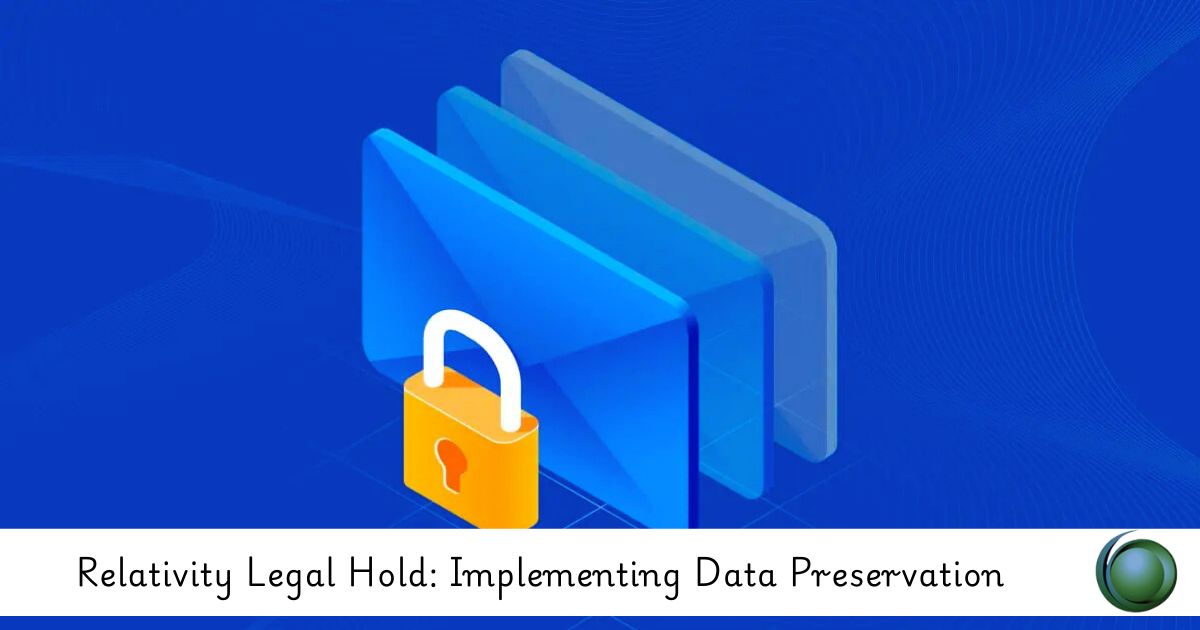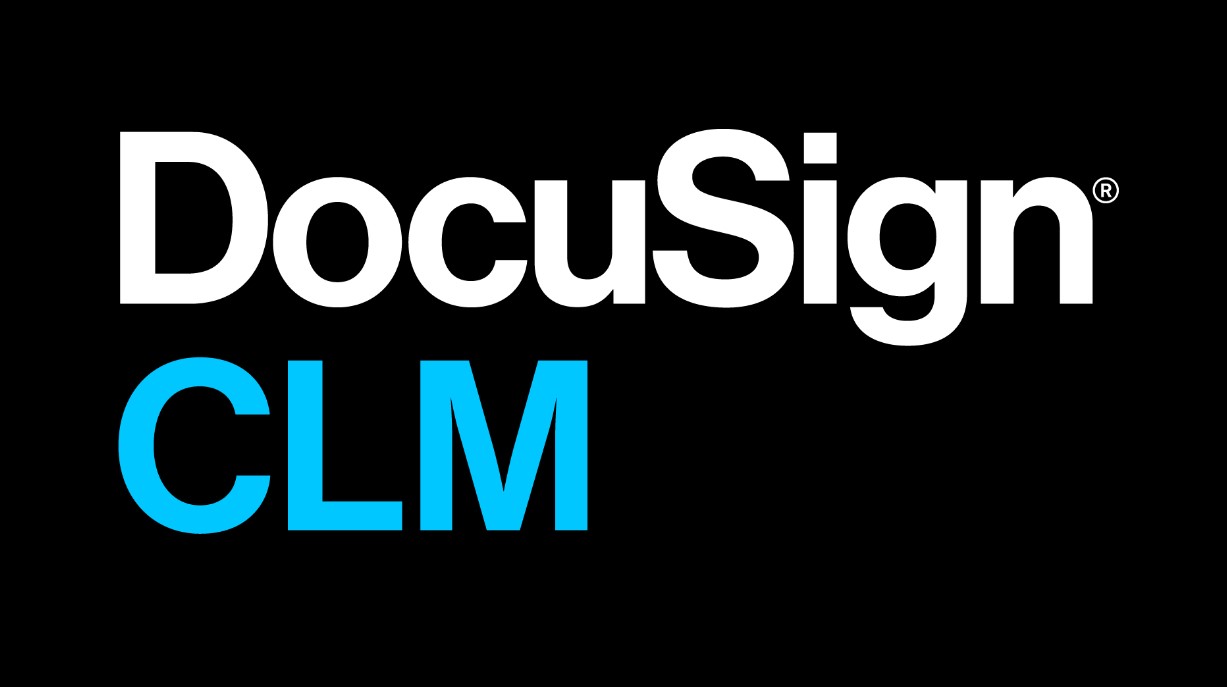1: Introduction to Legal Holds
1.1 Understanding Legal Holds
1.1.1 Definition and importance of legal holds in the e-discovery process.
1.1.2 Overview of legal hold regulations and compliance requirements.
1.2 The Legal Hold Lifecycle
1.2.1 Stages of the legal hold process: issuance, management, and release.
1.2.2 Identifying relevant data sources and custodians.
1.3 Navigating the Relativity Legal Hold Interface
1.3.1 Overview of the Legal Hold module in Relativity.
1.3.2 Key features and functionalities of the interface.
2: Creating and Issuing Legal Holds
2.1 Setting Up a New Legal Hold
2.1.1 Step-by-step process for creating a legal hold in Relativity.
2.1.2 Defining the scope of the legal hold: custodians, data sources, and timelines.
2.2 Customizing Legal Hold Notices
2.2.1 Designing and personalizing legal hold notifications for custodians.
2.2.2 Best practices for clear communication of legal obligations.
2.3 Issuing the Legal Hold
2.3.1 Procedures for formally issuing the legal hold to custodians.
2.3.2 Techniques for ensuring receipt and understanding of the hold.
3: Managing Legal Holds
3.1 Monitoring Legal Hold Compliance
3.1.1 Tools and methods for tracking compliance with legal holds.
3.1.2 Strategies for following up with custodians on hold status.
3.2 Updating and Modifying Legal Holds
3.2.1 Procedures for making changes to existing legal holds.
3.2.2 Best practices for documenting modifications and reasons.
3.3 Managing Custodian Responses
3.3.1 Techniques for handling custodian inquiries and responses.
3.3.2 Ensuring proper documentation of all communications.
4: Auditing Legal Holds
4.1 Importance of Legal Hold Audits
4.1.1 Understanding the need for auditing legal holds for compliance and risk management.
4.1.2 Key components of a legal hold audit.
4.2 Conducting Legal Hold Audits in Relativity
4.2.1 Tools and reports available for auditing legal holds.
4.2.2 Analyzing audit results and identifying areas for improvement.
4.3 Reporting and Documentation
4.3.1 Best practices for documenting audit findings and actions taken.
4.3.2 Preparing reports for stakeholders and compliance teams.
5: Releasing Legal Holds
5.1 Understanding the Release Process
5.1.1 Criteria for releasing legal holds: when and how to release.
5.1.2 The importance of documenting the release process.
5.2 Communicating Legal Hold Releases to Custodians
5.2.1 Best practices for notifying custodians of the release.(Ref: Data Visualization and Reporting in Relativity)
5.2.2 Ensuring custodians understand their obligations post-release.
5.3 Post-Release Monitoring
5.3.1 Techniques for monitoring data post-release to ensure compliance.
5.3.2 Addressing any issues or concerns that arise after the release.
6: Best Practices for Legal Holds
6.1 Establishing Legal Hold Policies
6.1.1 Key elements of effective legal hold policies and procedures.
6.1.2 Importance of training and awareness for staff and custodians.
6.2 Integrating Legal Holds into E-Discovery Workflows
6.2.1 Strategies for incorporating legal holds into overall e-discovery processes.
6.2.2 Ensuring collaboration among legal, IT, and compliance teams.
6.3 Lessons Learned and Continuous Improvement
6.3.1 Evaluating legal hold processes for effectiveness.
6.3.2 Strategies for adapting and improving legal hold practices over time.
7: Advanced Legal Hold Features
7.1 Using Advanced Features in Relativity Legal Hold
7.1.1 Overview of advanced functionalities: automated reminders, escalations, and integrations.
7.1.2 Leveraging reporting tools for enhanced visibility and insights.
7.2 Integrating Legal Hold with Other Relativity Modules
7.2.1 Understanding how legal holds interact with other Relativity tools (e.g., review, processing).
7.2.2 Best practices for using multiple modules in tandem.
7.3 Case Studies and Real-World Applications
7.3.1 Discussing real-world scenarios and challenges faced in implementing legal holds.
7.3.2 Sharing lessons learned from successful legal hold implementations.
8: Final Review and Hands-on Practice
8.1 Practical Exercise: Implementing a Legal Hold
8.1.1 Hands-on activity to create and issue a legal hold using Relativity.
8.1.2 Participants apply learned techniques to a sample case study.
8.2 Best Practices Recap
8.2.1 Review of key concepts and practices covered throughout the course.
8.2.2 Discussion of common pitfalls and how to avoid them.
8.3 Final Q&A and Course Conclusion
8.3.1 Open forum for questions and clarifications.
8.3.2 Feedback and resources for further learning.







Reviews
There are no reviews yet.